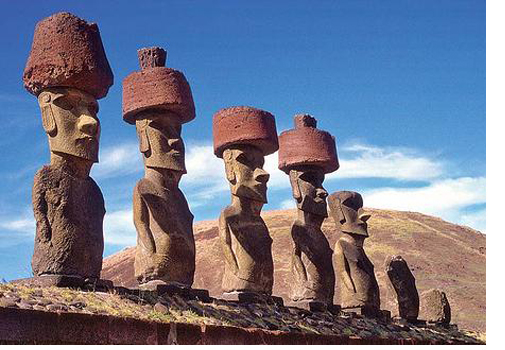 Historians generally agree that some form of head-covering must have been the first article of apparel put on by early man. Heads were certainly covered wherever sun and rain were severe.
Historians generally agree that some form of head-covering must have been the first article of apparel put on by early man. Heads were certainly covered wherever sun and rain were severe.
The sculptures of ancient Africa and Meso-America, the drawings of ancient China, and heads on coins of early Greco-Roman era, have depicted hats as a mark of status and rank. In the late 1800s, the traditional and independent hatters who made the hats they sold in their shops were soon to be replaced by large hat making factories due to the advent of steam power.
I employ this old world technique of hat making. Though several of my designs are made from hat patterns, many of my hats use the blocking technique. Blocks or hat forms are typically made of wood, but many of my blocks I hand sculpt from clay. The shape of the block will determine the hat shape. I stretch and form the hot steamed and dampened felt or straw over the block and dry until the shape is set. My background in sculpture allows me to create very unique and unusual hats.
The image is of the popular statues that populate the island of Rapa Nui; they are believed to have settled Easter Island between 300 and 1200 CE. European anthologists believe the Rapa Nui are of Polynesian origins, but my findings with the support of Dr. Ivan Van Sertima who presented archaeological evidence that these people of this period originated from Africa.
Jacob Roggeveen was the first European to record contact with the Rapa Nui. Roggeveen allegedly set sail either in search of Juan Fernandez Islands but instead arrived at Rapa Nui on April 5, 172, thus giving the name Easter Island.
Felipe Gonzalez de Ahedo visited Rapa Nui in 1770 and claimed the island for Spain.

